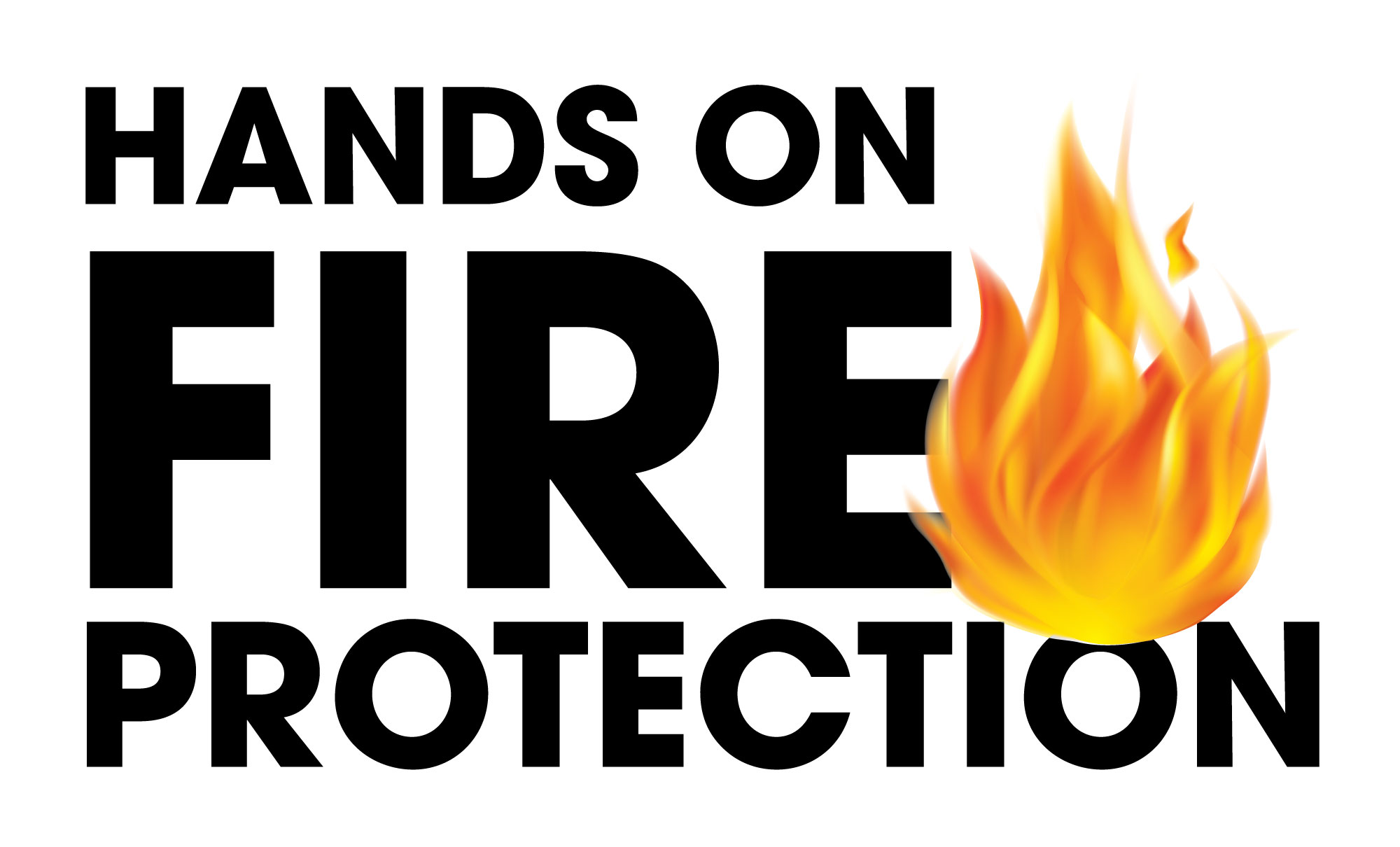In the complex world of fire safety, ensuring that your fire protection systems and equipment are in top working condition is crucial. The Australian Standard AS1851 outlines the routine service of fire protection systems and equipment, providing clear guidelines to maintain safety standards. An Accredited Fire Safety Practitioner (AFSP) plays a key role in ensuring compliance with these standards. We will explore below, the importance of AS1851, the role of AFSPs, and the significance of the Annual Fire Safety Statement (AFSS).
AS1851 is the Australian Standard for the routine service of fire protection systems and equipment. It provides a comprehensive framework for inspecting, testing, and maintaining fire safety systems, ensuring they function correctly in an emergency. The standard includes clear tables and schedules for regular service, consistent defect classifications, and detailed documentation requirements. Following these guidelines helps to prevent equipment failures and ensures that fire protection systems are always ready to perform when needed.
An Accredited Fire Safety Practitioners (AFSP) is a certified professional responsible for ensuring that fire protection systems comply with AS1851 standards. Accredited Fire Safety Practitioners have the expertise to conduct thorough inspections, identify and classify defects, and carry out necessary maintenance. Their role is crucial in maintaining the reliability and effectiveness of fire safety equipment. By engaging Accredited Fire Safety Practitioners, property owners can be confident that their fire protection systems are in line with regulatory requirements and best practices.
In Australia, the Environmental Planning & Assessment Regulation requires the submission of an Annual Fire Safety Statement (AFSS). The Accredited Fire Safety Practitioners is a declaration that all essential fire safety measures in a building have been inspected, assessed, and maintained to a minimum standard of performance. This statement is critical for legal compliance and ensures that fire safety systems are capable of functioning effectively during emergencies. An Accredited Fire Safety Practitioner can assist property owners in meeting the requirements for the AFSS by conducting the necessary inspections and maintenance as outlined in AS1851.
Key Aspects of AS1851:
- Clear Maintenance Schedules: AS1851 provides specific schedules for servicing different types of fire equipment, such as fire extinguishers, sprinkler systems, and alarms. Adhering to these schedules ensures regular maintenance and reduces the risk of equipment failure during emergencies.
- Consistent Defect Classifications: The standard establishes uniform categories for defects found during inspections, facilitating clear communication and appropriate corrective actions. This consistency helps ensure that all identified issues are addressed promptly and effectively.
- Thorough Documentation: AS1851 outlines detailed documentation requirements, including inspection reports, maintenance records, and compliance certificates. Proper documentation proves compliance with the standard and helps track the history of equipment servicing, aiding future maintenance planning.
Adhering to AS1851 not only ensures the operational readiness of fire protection systems but also fulfils legal obligations. The AFSS is a critical component of this compliance, as it certifies that all fire safety measures meet the required standards. By working with an Accredited Fire Safety Practitioner, property owners can ensure that their fire protection systems are properly maintained and documented, providing peace of mind and enhancing overall safety.
Maintaining fire safety is a critical responsibility for property owners. The AS1851 standard, with its clear maintenance schedules, consistent defect classifications, and thorough documentation requirements, provides a solid foundation for ensuring fire protection systems are always ready to perform. Engaging an Accredited Fire Safety Practitioner helps ensure compliance with these standards and the submission of an accurate Annual Fire Safety Statement. By following these guidelines, property owners can enhance the reliability and effectiveness of their fire safety measures, safeguarding lives and property.

Share this article





